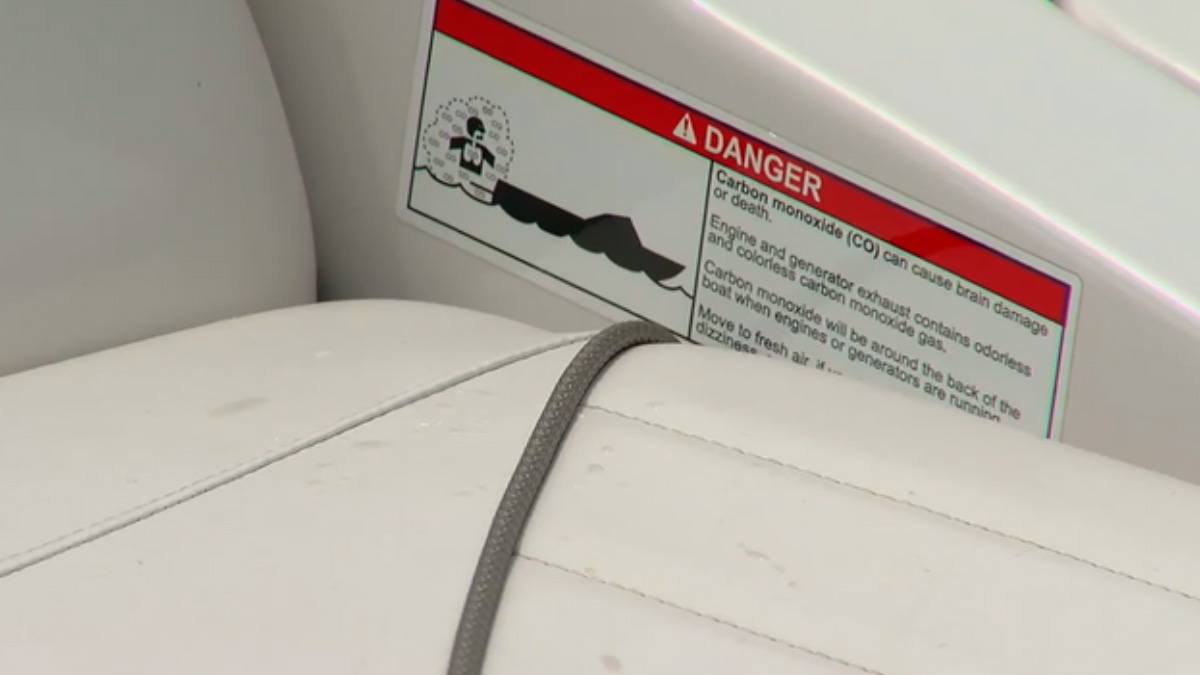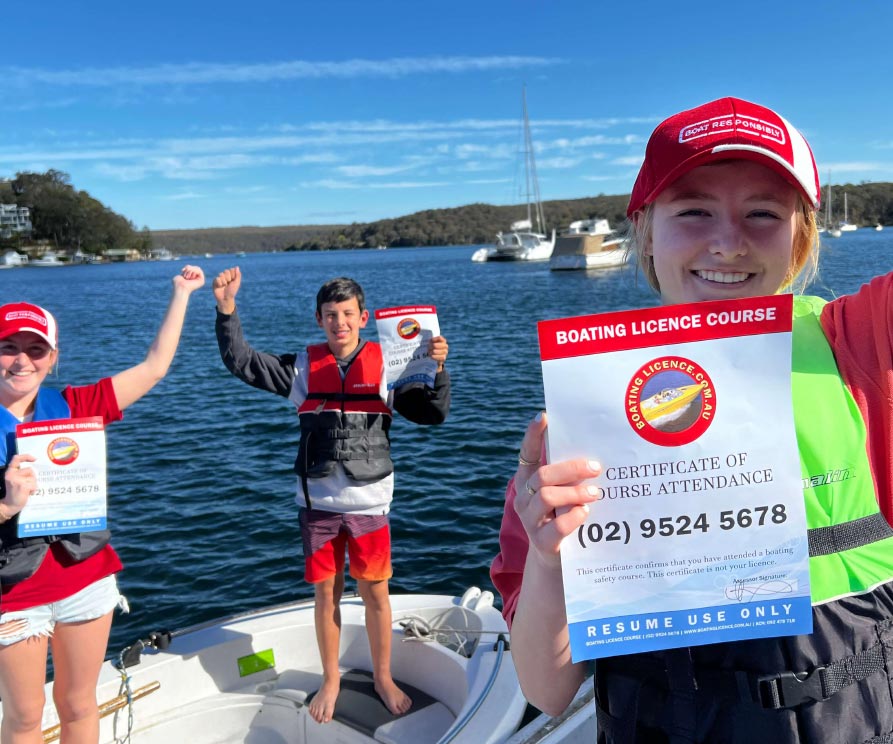Dealing with a Carbon Monoxide Emergency

Boating offers up endless opportunities for adventure and relaxation. However, amidst the excitement, it’s crucial to prioritize safety. One of the often overlooked yet potentially deadly threats on boats is carbon monoxide (CO). This colorless, odorless gas can accumulate without warning, posing severe risks to everyone onboard. In this blog post, we’ll explore the dangers of CO poisoning and provide essential guidelines on how to deal with a carbon monoxide emergency on a boat.
Understanding the Silent Threat
Sources of Carbon Monoxide on Boats
CO can accumulate in several ways on boats, including exhaust fumes from engines, generators, or cooking appliances. Poor ventilation and leaks in exhaust systems can lead to dangerous levels of CO, especially in enclosed or semi-enclosed spaces like cabins.
Recognizing the Symptoms
CO poisoning symptoms often mimic seasickness or flu, making it challenging to detect. Early signs include headaches, dizziness, nausea, confusion, and fatigue. Prolonged exposure can be fatal, making it crucial to act swiftly if you suspect a CO leak.
Dealing with a Carbon Monoxide Emergency
Step 1: Recognize the Signs
If you or anyone onboard experiences symptoms of CO poisoning, immediately suspect a CO leak. Be vigilant and trust your instincts; even mild symptoms can indicate a serious problem.
Step 2: Ventilate the Area
If safe to do so, open all windows, hatches, and doors to increase ventilation. Encourage everyone to move to an area with fresh air, preferably on the deck, away from exhaust outlets.
Step 3: Turn Off Engines and Appliances
Shut down all engines, generators, and cooking appliances immediately. This step prevents the further release of CO into the boat’s interior.
Step 4: Use a CO Detector
Install and regularly test a marine-grade CO detector in enclosed spaces on your boat. If the alarm sounds, take immediate action, even if no one is showing symptoms. A detector can provide an early warning, potentially preventing a dangerous situation.
Step 5: Seek Medical Attention
If anyone onboard is experiencing severe symptoms or has lost consciousness, contact emergency services immediately. Administer first aid if you’re trained to do so, including CPR if necessary, while waiting for medical professionals to arrive.
Step 6: Prevent Future Incidents
Regularly inspect and maintain exhaust systems, ensuring they are in good condition and free of leaks. Install CO detectors in appropriate areas and test them regularly. Educate everyone onboard about the dangers of CO and the importance of reporting any symptoms promptly.
Conclusion
A carbon monoxide emergency on a boat is a serious and potentially life-threatening situation. By understanding the sources, recognizing the symptoms, and taking swift and decisive action, you can protect yourself and your fellow passengers from the silent threat of CO poisoning. Prioritize safety, stay vigilant, and enjoy your maritime adventures responsibly. Safe travels on the open waters!

Bonus step: get your licence
CO poisoning can be life threatening, but taking responsibility before the trip greatly minimises the risk of this happening.
Our NSW boat and PWC licence courses are delivered by experienced and accredited trainers who provide in-depth education to not only pass the licence exam, but to also stay safe on the water.
To get your licence, you can book online or reach out to our friendly office team on (02) 9524 5678.